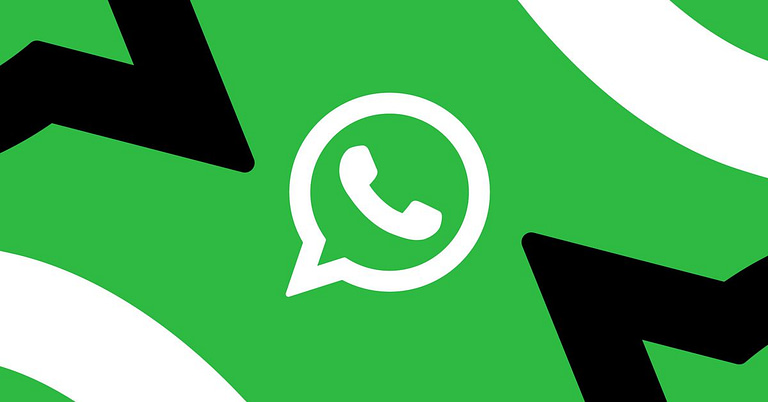Editorial teams are increasingly experimenting with ChatGPT, an AI technology that can help them create content faster and more efficiently. However, few of these teams have actually adopted the technology into their workflow.
ChatGPT is a natural language processing (NLP) tool developed by OpenAI, which uses machine learning to generate text from prompts given by users. It works similarly to GPT-3, another OpenAI product that has been widely used in creative writing applications such as poetry and fiction. The difference between the two is that ChatGPT focuses on conversational language rather than general purpose text generation. This makes it particularly useful for editorial teams who need to quickly produce content for chatbots or other interactive platforms like voice assistants.
Despite its potential benefits, many editorial teams remain hesitant about using ChatGPT in their workflows due to concerns over accuracy and quality control. While the technology does offer some advantages over manual labor – such as speed and cost savings – there are still questions around how reliable it is when compared to human writers or editors. Additionally, since ChatGPT relies heavily on data inputted by users, there’s always a risk of bias creeping into generated content if not monitored closely enough.
To address these issues, some companies have started offering services specifically designed for editorial teams looking to use AI tools like ChatGPT in their workflows without sacrificing quality control or accuracy standards. These services typically involve providing access to trained professionals who can review generated content before it goes live and provide feedback on any areas where improvement may be needed. They also often include additional features such as automated grammar checks and style guides tailored specifically for each client’s needs so they can ensure all output meets their standards of excellence every time they use the service..
In addition to third-party services aimed at helping editorial teams make better use of AI technologies like ChatGpt , several major media organizations have begun exploring ways they can incorporate this type of automation into their own internal processes . For example , The New York Times recently announced plans for a “robot reporter” program that will allow journalists working within certain beats (such as sports )to leverage artificial intelligence algorithms in order to generate stories faster than ever before . Similarly , Bloomberg has launched an initiative called “Bloomberg Automated Insights” which utilizes NLP techniques similar those found in products like GTP-3 and Chatgpt but tailored specifically towards financial news reporting .
Overall , while many editorial teams are still wary about incorporating AI technologies like chatgpt into their daily operations , there appears be growing interest among both large media outlets smaller independent publishers alike . As more companies continue explore ways integrate automation into existing workflows — either through third party services or developing proprietary solutions — we should expect see even greater adoption rates across industry going forward .
Digiday






